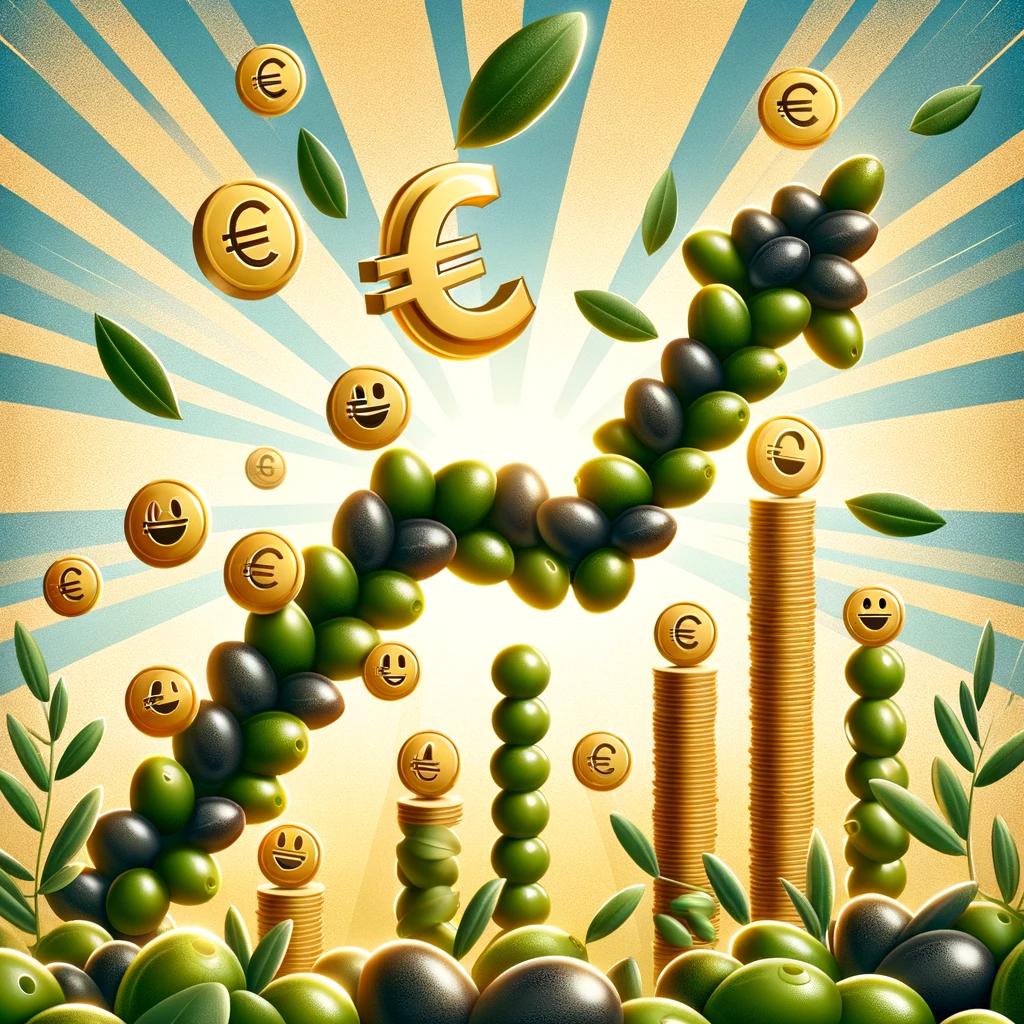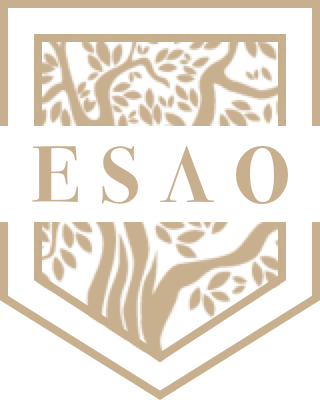Olive oil, an essential component of the Mediterranean diet and a key player in global cuisine, has experienced a significant price increase in recent months, specifically over the last year.
This price surge has caused concern in various sectors, including olive oil training schools, which are affected by this upward trend.
Remember that the olive oil harvest has been very low, significantly reducing the supply.
This decrease in supply has led to a price increase, and in turn, demand has suffered, as a natural consequence of the small amount of production.
Extraordinarily, this upcoming campaign will continue with lower production, which means the situation will not improve significantly, indicating that we will continue to see rising prices.
The rise in olive oil prices is impacting training schools like ESAO; we can see the possible causes behind this increase and, above all, it is about raising awareness of the importance of consumer education in this context.
Impact on ESAO
The formula that occurs when there is little production is a price increase.
The price increase causes a decrease in demand. This decrease in demand causes a decrease in oil sales both in cooperatives and among olive oil producers. The profit and loss accounts of the oil companies are not good, and this leads to cuts.
Unfortunately, training continues to be considered an "expense" in companies, so the interest in training is considered a non-priority issue. Thus, enrollments are lower.
However, with the relentless work we do day after day at ESAO, raising awareness among producers about the importance of training and increasing quality, more and more companies consider training as part of the "investment" item.
Without a doubt, training determines the positioning and value of a product, as in this case, olive oil.
Olive oil, known for its nutritional benefits and its contribution to a balanced diet, should be an essential component on the menus of all homes.
The increase in the price of olive oil will only be accepted when the consumer understands that it isnot a simple fat, and that it cannot be compared with any seed fat.

Determining Factors of the Price Increase
Various factors contribute to the increase in olive oil prices:
Climatic:
Drought and adverse climatic conditions we have been suffering in recent years significantly affect the low production of olives and oil.
Supply and Demand:
Low production makes prices more expensive, which in turn decreases demand.
Production Costs:
The increase in costs associated with the production of olive oil has also been highly expensive. The increase in energy, labor shortages, the rise in fertilizers, etc., negatively influence the final prices.
Education for Consumers
As I mentioned earlier, consumer education is essential to be aware that Virgin Olive Oil is NOT a refinery or industrial product where we artificially create a fat.
It is a NATURAL product, loaded with properties, and its price will be naturally affected by the evolution and climatic state as well as the uncertainties of agriculture.
The price of olive oil will only be expensive if we compare it with refined seed oils, like sunflower oil… but in no case will it be expensive if we compare it with the prices of salmon, for example, or two beers in a restaurant.
In a scenario of rising prices, it is crucial to provide education and awareness to consumers and producers about the available options and ways to maximize the value of their investment in olive oil.
ESAO, along with other institutions, plays a vital role in educating producers and consumers about the nutritional properties of olive oil, its various culinary uses, and how to efficiently incorporate it into the daily diet.
The rise in olive oil prices poses significant challenges for schools and other sectors.
Understanding the factors behind this increase is fundamental to addressing the issue effectively.
At the same time, consumer education emerges as an essential strategy to ensure that the nutritional and culinary value of olive oil is not compromised by its higher cost, given that the increase that has occurred is insignificant compared to the benefits it will bring to a healthy and balanced diet.
For more information about the olive oil harvest and to stay up-to-date with the latest news and developments in the sector, we invite you to visit the website of the Olive Oil School of Spain (ESAO)
On this platform, you will find detailed information about olive oil varieties, production methods, health benefits, and much more.
Additionally, you can access all their educational offerings.
Stay informed about olive oil trends to adapt to market changes and capitalize on opportunities.
.png)



